Explore Mito - Japan Travel, Asia
Mito, a charming city in Japan's Ibaraki Prefecture, offers a perfect blend of historical significance and natural beauty. Just a short trip from Tokyo, Mito is known for its rich cultural heritage and stunning landscapes. Whether you're exploring ancient castles or strolling through beautiful gardens, Mito promises an unforgettable experience.
Craving an exceptional Japan adventure? Explore our handpicked premium tours here for the ultimate experience.
Population: Approximately 268,000 in January 2024.
Economy: Despite the modesty of the city, Mito is a thriving tourism hub for its ancient history of being the seat of power of the Tokugawa family.
Landmarks: Famous for Kairakuen Garden, Mito Castle Ruins, and Sakura City Park.
Japan
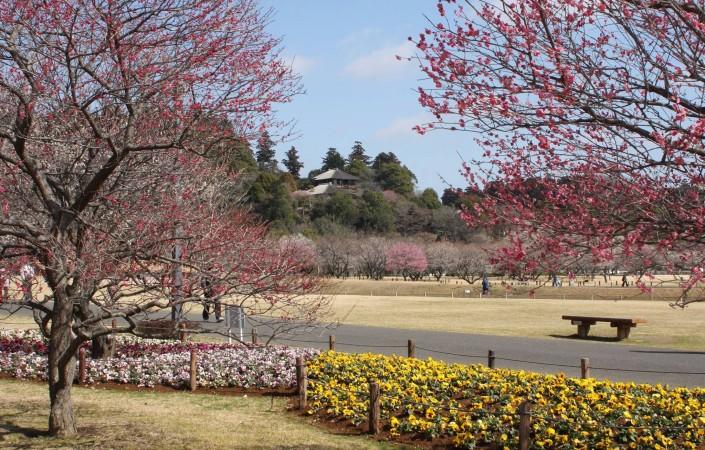
Overview of Mito
History & Culture Influence
Mito's history dates back centuries, with a notable role during the Edo period. The city was the seat of the Mito Domain, ruled by the Tokugawa family. One of the most influential figures was Tokugawa Mitsukuni, who established the Mito School. This institution played a significant role in the intellectual and cultural life of Japan, emphasizing the importance of education and philosophy. The city's historical landmarks, such as the remnants of Mito Castle and the famed Kairakuen Garden, reflect its storied past. Visiting these sites offers a window into Mito's cultural and historical legacy, making them essential stops for any traveler.
Interaction with The Locals
Mito, the capital city of Ibaraki Prefecture in Japan, has a population of approximately 268,000 residents. The city's citizens are known for their warm hospitality and pride in their rich cultural heritage. They are deeply connected to local traditions, including festivals and culinary practices. Mito's residents also value education and cultural activities, influenced by the city's historical significance as a center of learning during the Edo period. The community is friendly and welcoming, making Mito a delightful place for visitors to experience authentic Japanese culture.
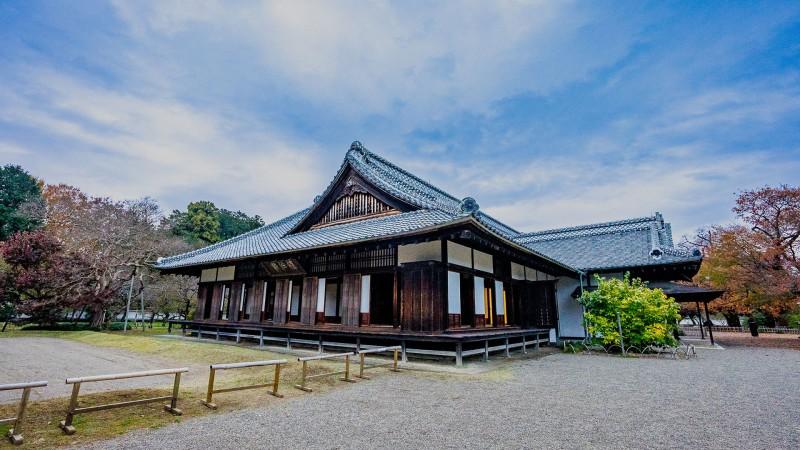
Mito Castle - © Tabi Samurai Japan
Top Attractions in Mito
Whether you're interested in art, history, or nature, Mito has something to offer every traveler. These must-visit places in Mito offer a diverse range of experiences, from historical exploration and cultural immersion to outdoor activities and family-friendly fun.
- Kairakuen Garden: Famous for its plum blossoms, this garden is one of Japan's most celebrated. It's especially stunning during the Plum Blossom Festival in early spring, drawing visitors from all over the country.
- Kodokan: As Japan's largest han school during the Edo period, Kodokan offers insights into the educational and philosophical teachings of the Mito School. The site features historical exhibits and beautiful gardens.
- Mito Castle Ruins: While much of the original castle was destroyed, the remaining stone walls and gates provide a glimpse into Mito's feudal past. The site offers picturesque views, especially during cherry blossom season.
- Senba Lake: This serene lake is a popular spot for leisure activities, including boating and walking. The surrounding park is perfect for picnics and relaxing strolls, especially in the fall when the foliage is vibrant.
- Tokiwa Shrine: Dedicated to Tokugawa Nariaki and Tokugawa Mitsukuni, this shrine is a place of cultural and historical significance. It’s a peaceful spot for reflection, surrounded by beautiful gardens.
- Mito Municipal Botanical Park: This expansive park is home to a variety of plant species, including a rose garden and tropical plant greenhouse. It's a delightful place for nature enthusiasts and a perfect family-friendly attraction.
- Sakura City Park: A popular cherry blossom viewing spot, this park offers stunning views of blooming sakura trees in the spring. It’s an ideal place for a leisurely walk or a picnic during hanami season.
- Gokoku Shrine: This shrine honors the war dead and offers a tranquil atmosphere for visitors. The annual Chrysanthemum Festival held here is a beautiful event, showcasing intricate floral displays.
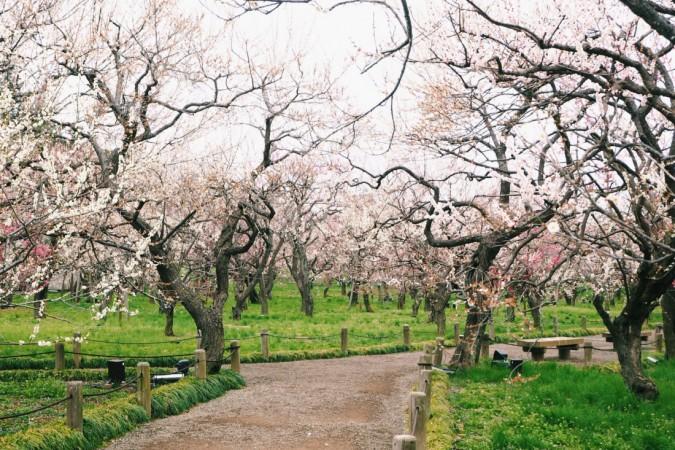
Kairakuen Garden - © VnExpress
Must-Try Dishes in Mito
These local dishes in Mito provide a delightful introduction to Mito's culinary offerings, reflecting the region's agricultural richness and traditional cooking techniques. Whether you're a fan of savory or sweet, Mito's local cuisine is sure to offer something to please your palate.
- Natto: Mito is renowned for its natto, a fermented soybean dish known for its distinctive aroma and sticky texture. It's a local staple, often served with rice, soy sauce, and green onions, and is known for its health benefits.
- Anko Nabe: This hearty hot pot features monkfish, a local delicacy in Mito. The fish is simmered with vegetables in a rich broth, offering a comforting and nutritious meal, especially popular during the colder months.
- Hitachi Beef: A local delicacy, Hitachi beef is a high-quality wagyu known for its marbled texture and rich flavor. It's often enjoyed as steak, sukiyaki, or shabu-shabu, showcasing the meat's tenderness and taste.
- Unagi: Grilled eel, known as unagi, is a popular dish in Mito. It's usually served with a sweet and savory sauce over a bed of rice, offering a delicious blend of flavors. The dish is not only tasty but also considered to be nutritious and energizing.
- Karei no Nitsuke: A dish featuring simmered flatfish, often prepared with a sweet and savory soy-based sauce. This dish is a staple in local seafood cuisine, offering a delicate and flavorful experience.
- Sweet Potato Sweets: Ibaraki Prefecture, where Mito is located, is famous for its sweet potatoes. Local confections include sweet potato cakes, chips, and yokan (a jelly-like dessert), all highlighting the natural sweetness of this root vegetable.
- Sake Kasu Soup: Made with the lees left over from sake production, this soup is a unique local specialty. It's a hearty dish with a slightly tangy flavor, often containing vegetables and fish, and is particularly warming in winter.

Natto bowl - © Revolution Fermentation
Festivals & Local Celebrations
Mito is home to a variety of festivals and local celebrations that offer a glimpse into the city's rich cultural traditions. These events are an excellent opportunity for visitors to experience local customs and join in the festivities.
- Mito Plum Blossom Festival (Mito Ume Matsuri): Held annually from late February to March, this festival celebrates the blooming of over 3,000 plum trees in Kairakuen Garden. The festival features traditional performances, tea ceremonies, and nighttime illuminations, making it a magical experience.
- Mito Komon Festival: This festival honors Tokugawa Mitsukuni, the local hero and prominent figure in Japanese history. Held in August, the festival includes a lively parade, fireworks, and traditional music and dance performances. It's a vibrant celebration of Mito's heritage and community spirit.
- Mito Autumn Festival (Mito Aki Matsuri): Celebrating the autumn harvest, this festival features food stalls, live music, and cultural exhibitions. It's a great way to sample local delicacies and enjoy the beautiful fall foliage in the city's parks.
- Tokiwa Shrine Grand Festival: Held in April, this religious festival at Tokiwa Shrine includes traditional ceremonies and a variety of cultural events. It's a peaceful and spiritual experience, offering insight into local religious practices.
- Tanabata Festival: Celebrated in July, this festival involves decorating the city with colorful paper decorations and wishes written on strips of paper. It's a visually stunning event that captures the imagination and hopes of the community.
What to Do in Mito
Mito offers a variety of activities for tourists, catering to different interests and ensuring an enriching travel experience.
- Outdoor Adventures: The city's parks and natural landscapes provide plenty of opportunities for outdoor activities. Visitors can enjoy walking, cycling, and boating at Senba Lake, or exploring the scenic trails in Kairakuen Garden.
- Cultural Experiences: Mito's rich cultural heritage is showcased in its museums and historical sites. Art enthusiasts can visit the Art Tower Mito for contemporary art exhibitions, while history buffs will appreciate the exhibits at Kodokan and the Mito Castle Ruins.
- Traditional Workshops: Engage in hands-on experiences by participating in traditional Japanese workshops. These include tea ceremonies, calligraphy, and crafts such as pottery and ikebana (flower arranging). These workshops offer a deeper understanding of Japanese culture and traditions.
- Mito Local Food Tours: Food lovers can take guided tours that highlight Mito's culinary specialties. These tours often include tastings of natto, Hitachi beef, and other local dishes, providing a delicious exploration of the city's food scene.
- Seasonal Activities: Depending on the season, Mito offers a range of seasonal activities. In spring, the plum blossoms are a major attraction, while autumn brings stunning foliage. Winter visitors can enjoy hot springs and seasonal festivals.
Want to know about Fukui-Shi? Check out our insights here and see why it's worth a visit.
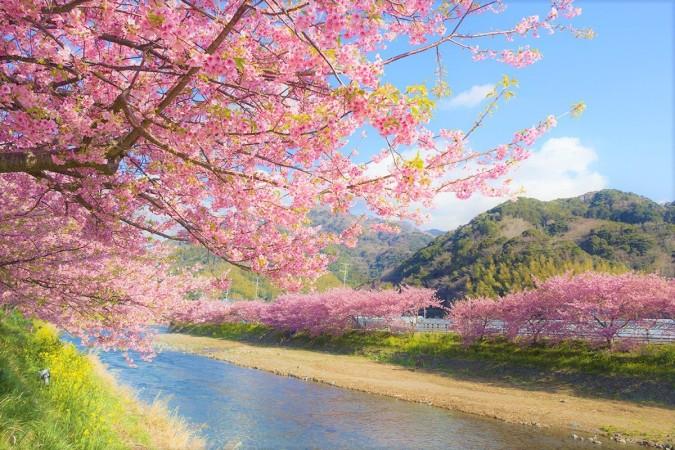
Mito Plum Blossom - © Japan Web Magazine
Weather in Mito: Best Time to Visit
Mito enjoys a temperate climate with distinct seasons, each offering unique experiences for visitors. Understanding the weather conditions can help you plan your trip to make the most of what Mito has to offer.
Spring in Mito
- Weather: Mild temperatures range from 10°C to 20°C (50°F to 68°F). This season is famous for the blooming of plum blossoms.
- Tourism Trends: Spring is a peak tourist season in Mito due to the Plum Blossom Festival at Kairakuen Garden. The city sees an influx of visitors, so early bookings for accommodations and activities are recommended.
Summer in Mito
- Weather: Hot and humid, with temperatures often reaching 30°C (86°F) or higher. Occasional rain showers and thunderstorms are common.
- Tourism Trends: Summer is vibrant with festivals, including the Mito Komon Festival. Despite the heat, many tourists visit to experience the local culture and events. Light clothing and hydration are essential.
Autumn in Mito
- Weather: Cooler temperatures ranging from 10°C to 20°C (50°F to 68°F). The leaves change to vivid orange and scarlet tones.
- Tourism Trends: Autumn is another popular season for tourists, drawn by the beautiful fall foliage and the Mito Autumn Festival. It's a perfect time for outdoor activities like hiking and exploring the parks.
Winter in Mito
- Weather: Mild winters with temperatures rarely dropping below freezing. Snowfall is infrequent.
- Tourism Trends: Winter offers a quieter and more serene atmosphere, ideal for those looking to avoid the crowds. Visitors can enjoy hot springs and winter festivals in a peaceful setting. Winter is also a good time for budget travelers, as it is considered the off-peak season.
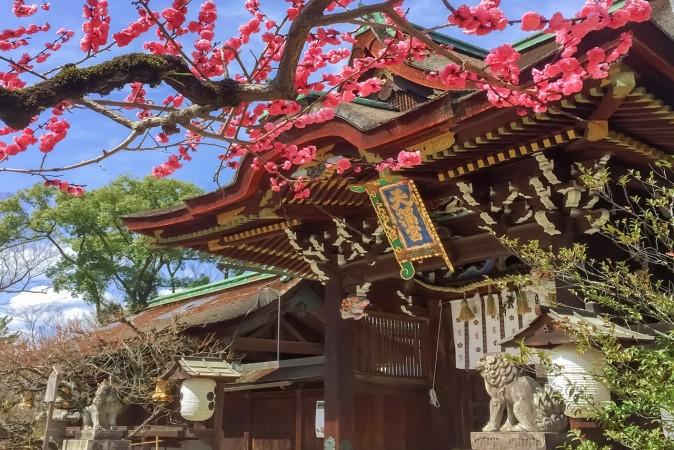
Spring in Mito or Plum Blossom season - © JR Times
Culture Etiquette in Mito
Understanding and respecting local customs is key to a rewarding experience in Mito. Here are some cultural etiquette tips to help you interact respectfully and comfortably with locals:
The Art of Mito Plum Appreciation
Mito is renowned for its Kairakuen Garden, home to a vast collection of plum trees. The tradition of "ume-mi" or plum viewing is a cherished activity in Mito. Locals and visitors alike gather to admire the beautiful blossoms, often engaging in quiet reflection or picnics under the trees. When participating, it's customary to speak softly and appreciate the flowers' fleeting beauty, embodying the Japanese concept of "mono no aware" – an awareness of the impermanence of things.
Looking for more adventures? Dive into Tochigi Prefecture, another famous destination in Japan, with our article here.
Local Bathhouse Etiquette
Mito's onsen (hot springs) and sento (public bathhouses) are popular for relaxation and socializing. It's important to wash and cleanse your body well before using the shared bathrooms. This practice ensures cleanliness and respect for other bathers. Remember, tattoos may be frowned upon in some bathhouses, as they are traditionally associated with organized crime in Japan. If you have tattoos, check with the establishment beforehand or consider using a tattoo cover-up.
Temple and Shrine Visits
When visiting temples and shrines, dress modestly and behave respectfully. It is traditional to wash your hands and lips at the entry to cleanse oneself. The custom of bowing both before and after prayer has become popular. If taking photos, be mindful of areas where photography may be prohibited.
Dining and Drinking Practices
Dining in Mito offers a chance to experience local dishes and customs. When eating in a traditional setting, wait for the host to begin the meal and follow their lead. It's considered respectful to eat everything on your plate as an expression of gratitude. In drinking settings, pouring drinks for others and allowing them to pour for you is a common practice, symbolizing friendship and respect.
Respect for Traditions
Mito has a rich history and cultural heritage, therefore, when attending festivals or traditional events, respect local customs and practices. Dress appropriately, follow the instructions given by event staff, and show appreciation for the cultural experience.
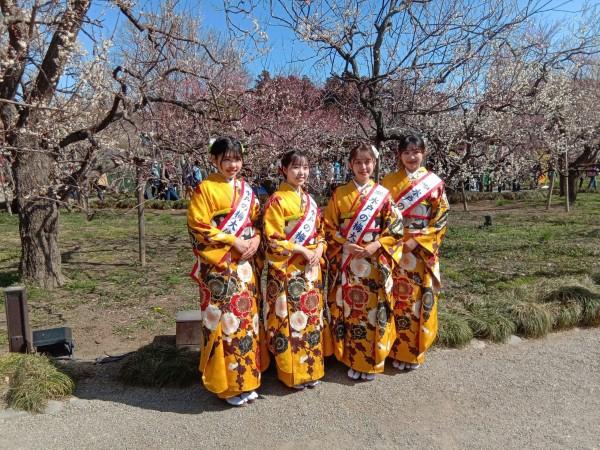
Kimono lady at Mito Plum Blossom Festival - © JAPAN Forward
Shopping in Mito
Mito offers a diverse shopping experience, from traditional markets to modern retail outlets, ensuring visitors can find unique souvenirs and local products.
- Local Markets: Mito's markets are great places to find traditional crafts, fresh produce, and local specialties. The Mito Market is particularly known for its fresh seafood and local delicacies, perfect for those looking to taste the flavors of the region.
- Mito Station Area: The area around Mito Station is bustling with shops and department stores. Here, visitors can find a mix of local and international brands, fashion boutiques, and specialty stores offering everything from clothing to electronics.
- Traditional Crafts: For those interested in traditional Japanese crafts, Mito has several shops selling items such as pottery, lacquerware, and textiles. These handcrafted items make for meaningful souvenirs or gifts.
- Omotesando Shopping Street: This shopping street is known for its charming atmosphere and unique stores. It offers a range of products, including traditional sweets, artisanal goods, and locally made crafts.
- Mito's Specialty Products: Don't miss the opportunity to purchase local specialties such as natto, Hitachi beef, and sake. These products are often beautifully packaged and make excellent gifts.
Essential Travel Information
Getting Around Mito
- Trains: Mito is well-served by the JR Joban Line, connecting to major cities like Tokyo and Sendai. The Hitachi and Tokiwa limited express trains offer fast and pleasant travel, and Mito Station serves as the center.
- Buses: The city's bus network covers tourist spots, shopping districts, and residential areas with the "Mito City Loop Bus" is ideal for sightseeing.
- Taxis: There are numerous taxi services close to hotels and rail stations. They are metered and offer a convenient option for short trips
- Car Rentals: For greater flexibility, car rentals are available near Mito Station. This option is ideal for visiting attractions like Hitachi Seaside Park and the Oarai area.
- Bicycles: Mito is bike-friendly, with rentals available at hotels and various locations. Cycling is perfect for leisurely exploring areas like Senba Lake and Kairakuen Garden.
- Walking: With many attractions nearby, walking is a great way to explore Mito. The city's pedestrian-friendly streets and well-maintained sidewalks make it easy to discover local gems on foot.
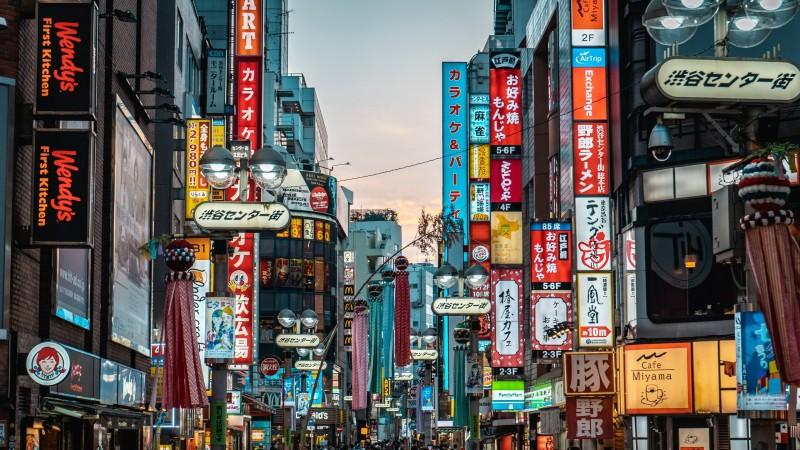
Omotesando street - © CafeBiz
ATM & Banking Services
Mito provides ample banking services and ATM options to ensure smooth financial management during your stay. ATMs are widely accessible across convenience stores, train stations, and shopping centers, often featuring multilingual services, including English. However, not all ATMs accept foreign cards, so look for ones with international logos like Visa or MasterCard. While ATMs are convenient, currency exchange services are also available at major hotels and select locations. Credit and debit cards are commonly accepted at hotels, restaurants, and larger stores, though smaller establishments may only take cash. Mito is generally safe, but always be cautious with cash and ATMs.
Where to Stay in Mito
Mito offers a diverse range of accommodation options to cater to various budgets and preferences. Visitors can choose from luxurious hotels with amenities like free Wi-Fi and on-site dining, traditional ryokan for an authentic Japanese experience with tatami-mat rooms and communal baths, and budget-friendly guesthouses and hostels that provide basic amenities and a social atmosphere. For a more personal touch, minshuku offer simple lodgings and home-cooked meals, while vacation rentals provide privacy and flexibility with features like kitchens and laundry facilities. Unique and affordable capsule hotels are also available, offering compact rooms for solo travelers. With options for every need, booking early is advised, especially during peak seasons.
Articles for you
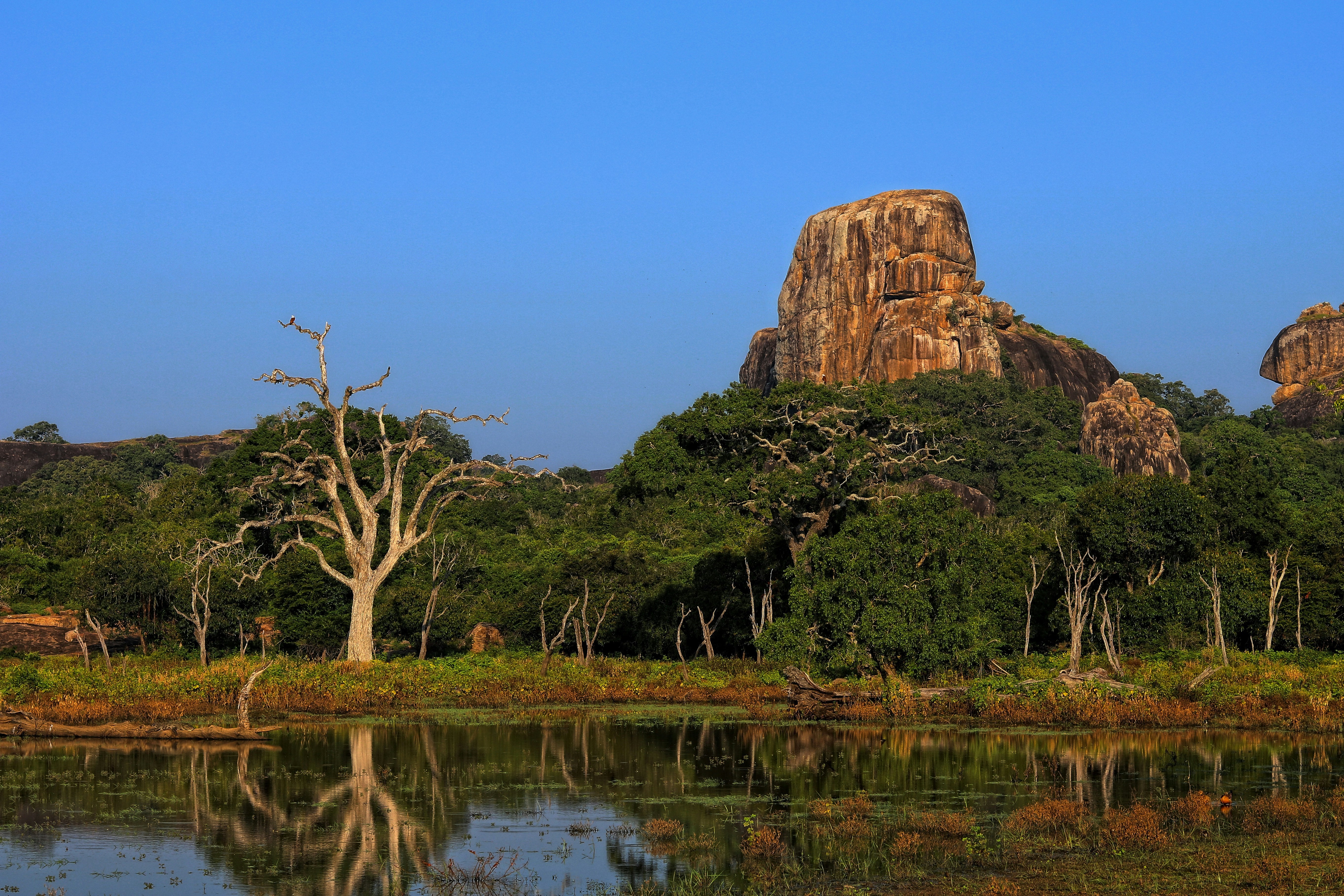
Explore Yala National Park - Sri Lanka Travel, Asia
Tucked away in Sri Lanka’s southeastern corner, Yala National Park is where wild nature meets deep tradition. Known worldwide for its leopard population, the park is also home to elephants, sloth bears, crocodiles, and hundreds of bird species. Beyond wildlife, Yala opens doors to a cultural landscape dotted with ancient temples, Buddhist ruins, and coastal villages. For travelers seeking more than just a safari, Yala offers a chance to explore eco-tourism, local communities, and sacred heritage sites.
Population: The Yala National Park area doesn’t have a human population.
Economy: The economy around Yala National Park thrives on a blend of eco-tourism, agriculture, and local services. Safari tours, eco-lodges, and cultural experiences drive steady income for nearby towns like Tissamaharama and Kataragama, supporting thousands of families.
Landmarks: Famous for Block I of Yala and wildlife encounters, including elephants, sloth bears, crocodiles, and exotic bird species.
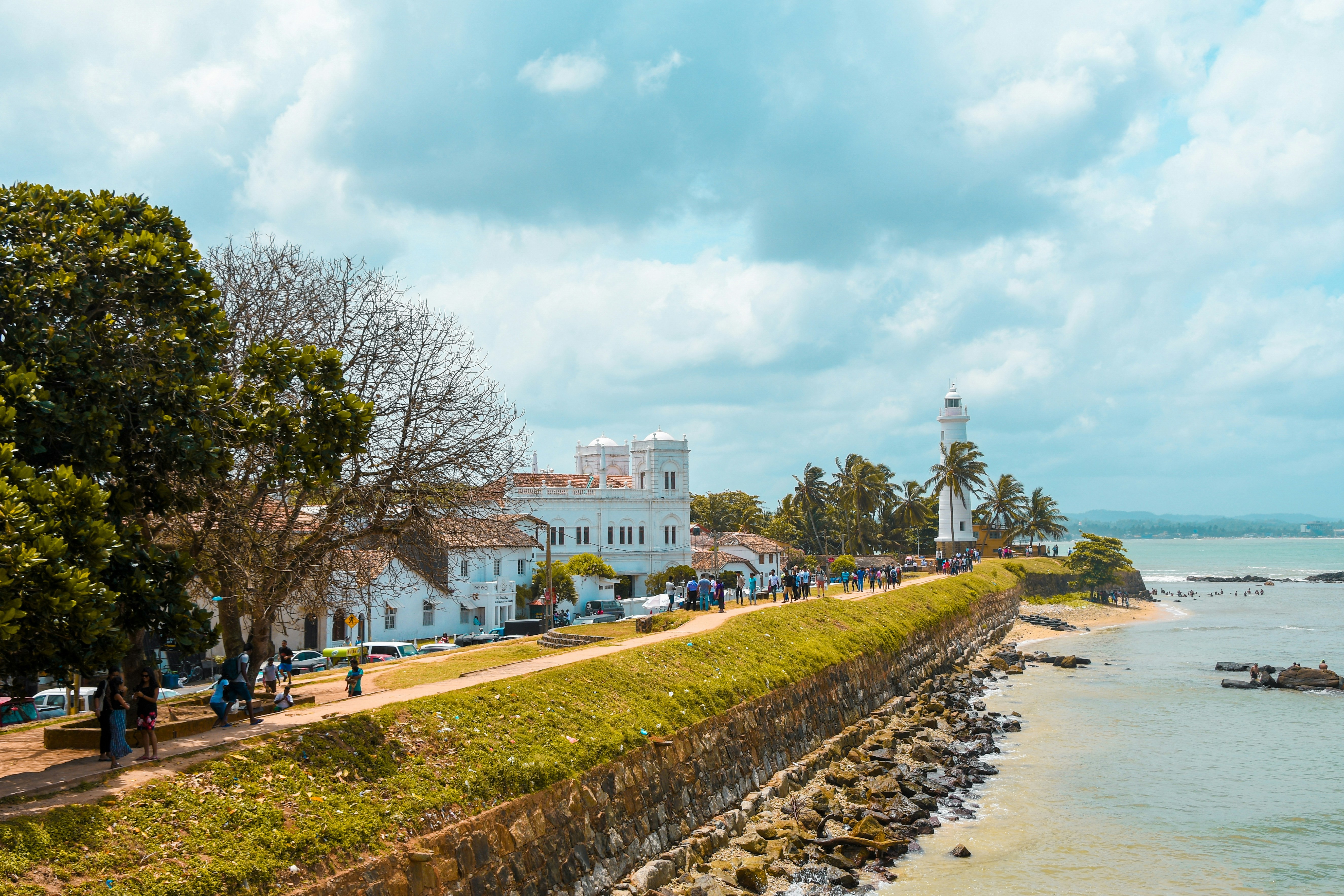
Explore Galle - Sri Lanka Travel, Asia
Nestled on Sri Lanka’s southern coastline, Galle is a vibrant city where history meets the sea. Its cobbled streets, colonial architecture, and serene beaches make it a must-visit destination for travelers seeking a blend of culture, adventure, and relaxation. A UNESCO World Heritage site, Galle captivates visitors with its Dutch Fort, bustling markets, and friendly locals. Whether you’re exploring the ramparts at sunset or savoring fresh seafood by the shore, Galle promises an unforgettable journey into Sri Lanka’s heritage.
Population: Approximately 113,000 in 2023.
Economy: Galle’s economy thrives on tourism, trade, and fisheries. The city’s historic fort, colonial architecture, and coastal charm draw thousands of international visitors each year, making tourism its main economic driver. Fishing remains vital for local livelihoods, supplying fresh seafood across the region.
Landmarks: Famous for the Galle Fort, Dutch Reformed Church & Maritime Museum, and Unawatuna Beach.
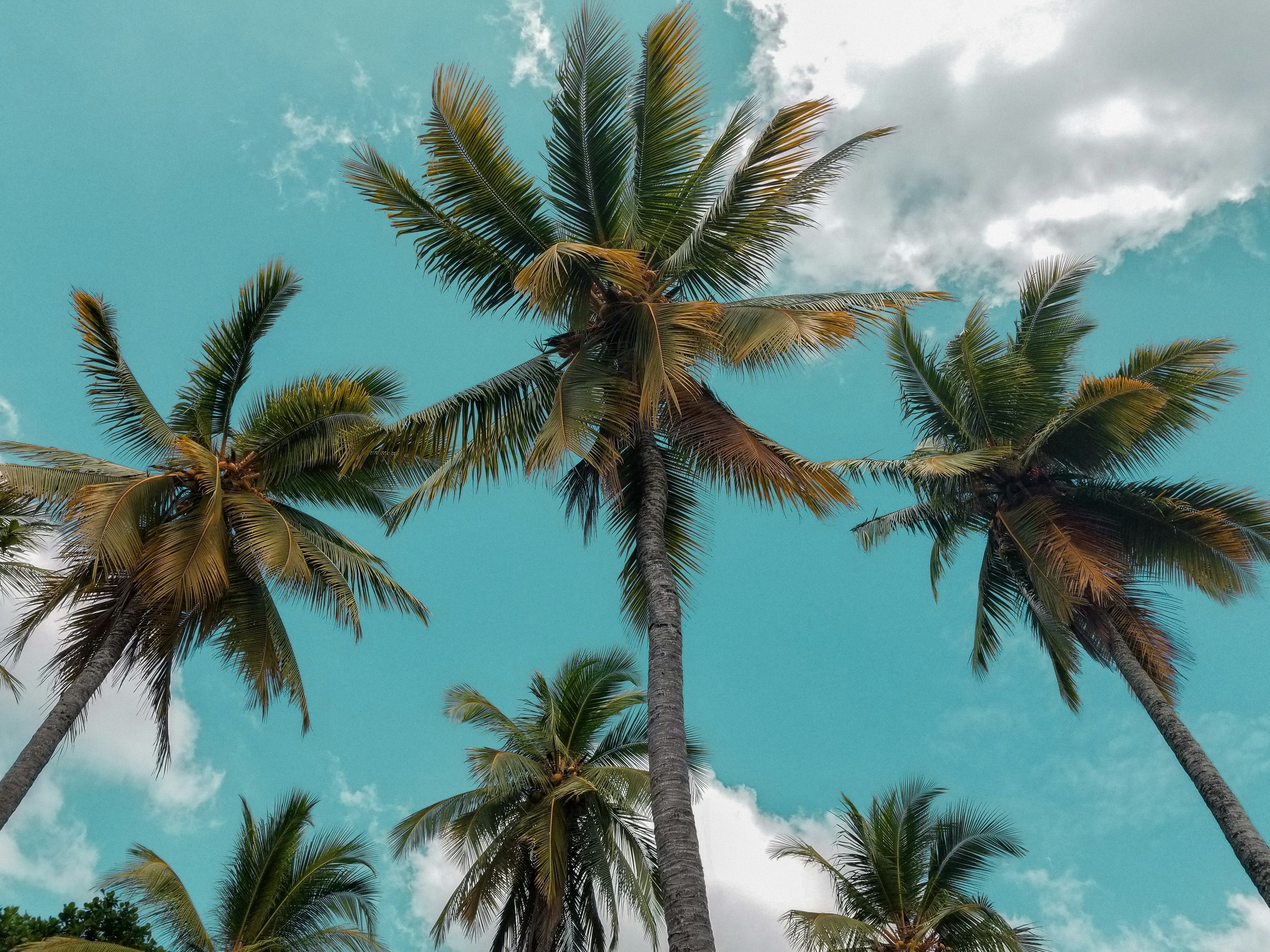
Explore Bentota - Sri Lanka Travel, Asia
Nestled along Sri Lanka’s southwestern coast, Bentota is a tropical paradise that blends golden beaches, vibrant culture, and thrilling adventures. Famous for its calm waters, luxury resorts, and scenic river estuary, Bentota has become a top destination for travelers seeking both relaxation and authentic experiences. From serene beach walks at sunrise to adrenaline-pumping water sports, this coastal town offers a perfect balance of leisure and exploration. With its proximity to Colombo and Galle, Bentota is easy to reach, making it an ideal stop for both short escapes and extended holidays.
Population: Approximately 37,000 in 2023.
Economy: Bentota’s economy thrives mainly on tourism, which drives local businesses such as hotels, restaurants, and wellness retreats. The town also benefits from fishing, coconut cultivation, and handicrafts like wood carving and batik textiles. Many residents rely on the growing demand for water sports and Ayurvedic treatments, making tourism the backbone of both income and employment in the area.
Landmarks: Famous for Bentota Beach, Bentota River Safari, and Kande Vihara Temple.
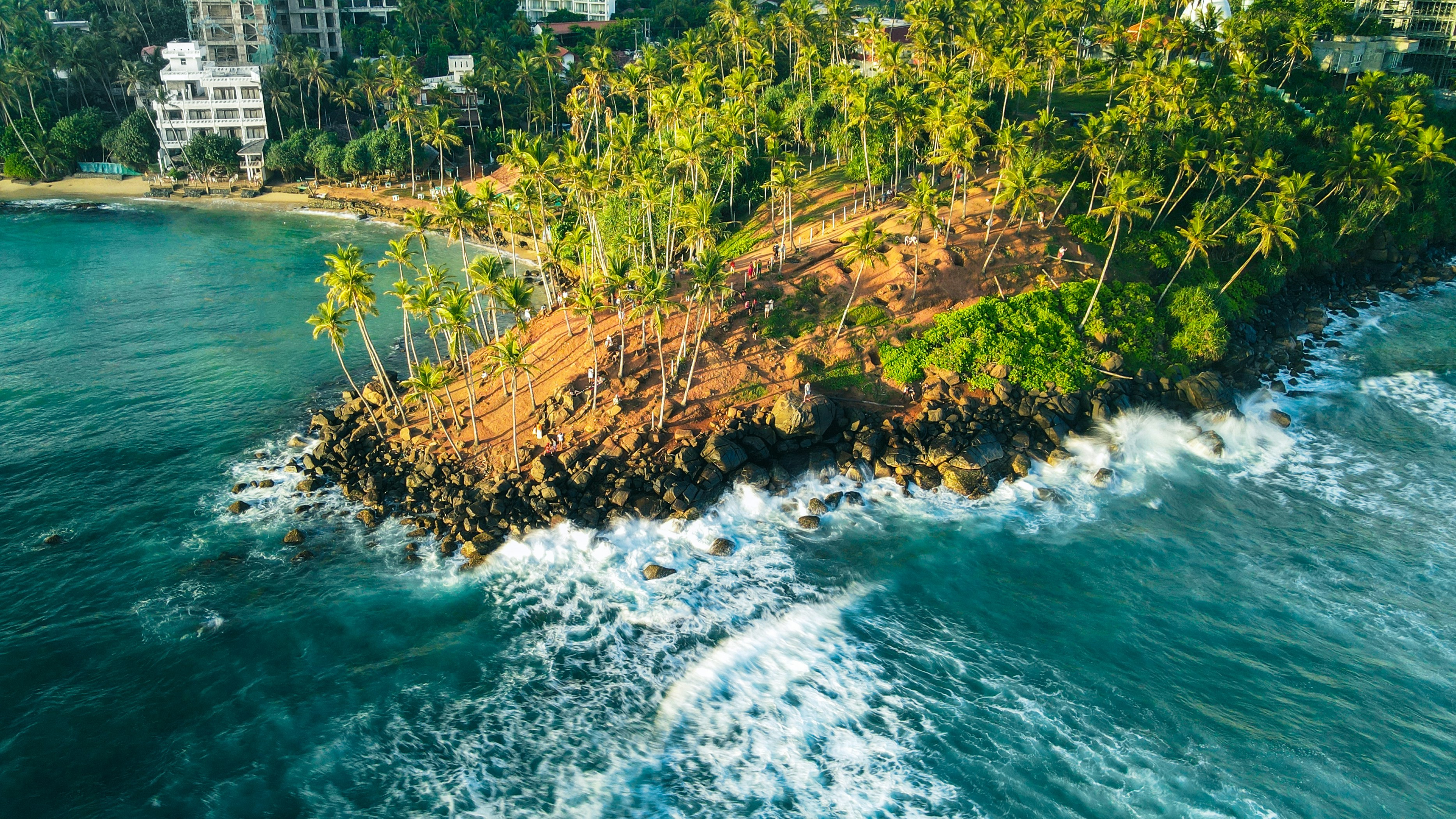
Explore Mirissa - Sri Lanka Travel, Asia
Mirissa is a charming coastal town on Sri Lanka’s southern shoreline. Known for its golden beaches, turquoise waters, and vibrant marine life, it has become a must-visit stop for travelers exploring the island. Many come for whale watching, surfing, and sunset views at Coconut Tree Hill, but Mirissa offers much more than postcard beauty. The fishing boats you see anchored by the bay carry generations of stories. Local traditions, delicious cuisine, and a laid-back rhythm of life shape every visitor’s experience.
Population: Approximately 4,700 in 2023.
Economy: Mirissa’s economy is largely shaped by its coastal location. Fishing has long been the backbone of local livelihoods, with generations relying on the Indian Ocean for income. In recent decades, tourism has become the main driver of growth, thanks to whale watching, surfing, and beachside hospitality.
Landmarks: Famous for Mirissa Beach, Coconut Tree Hill, and Parrot Rock Bridge.
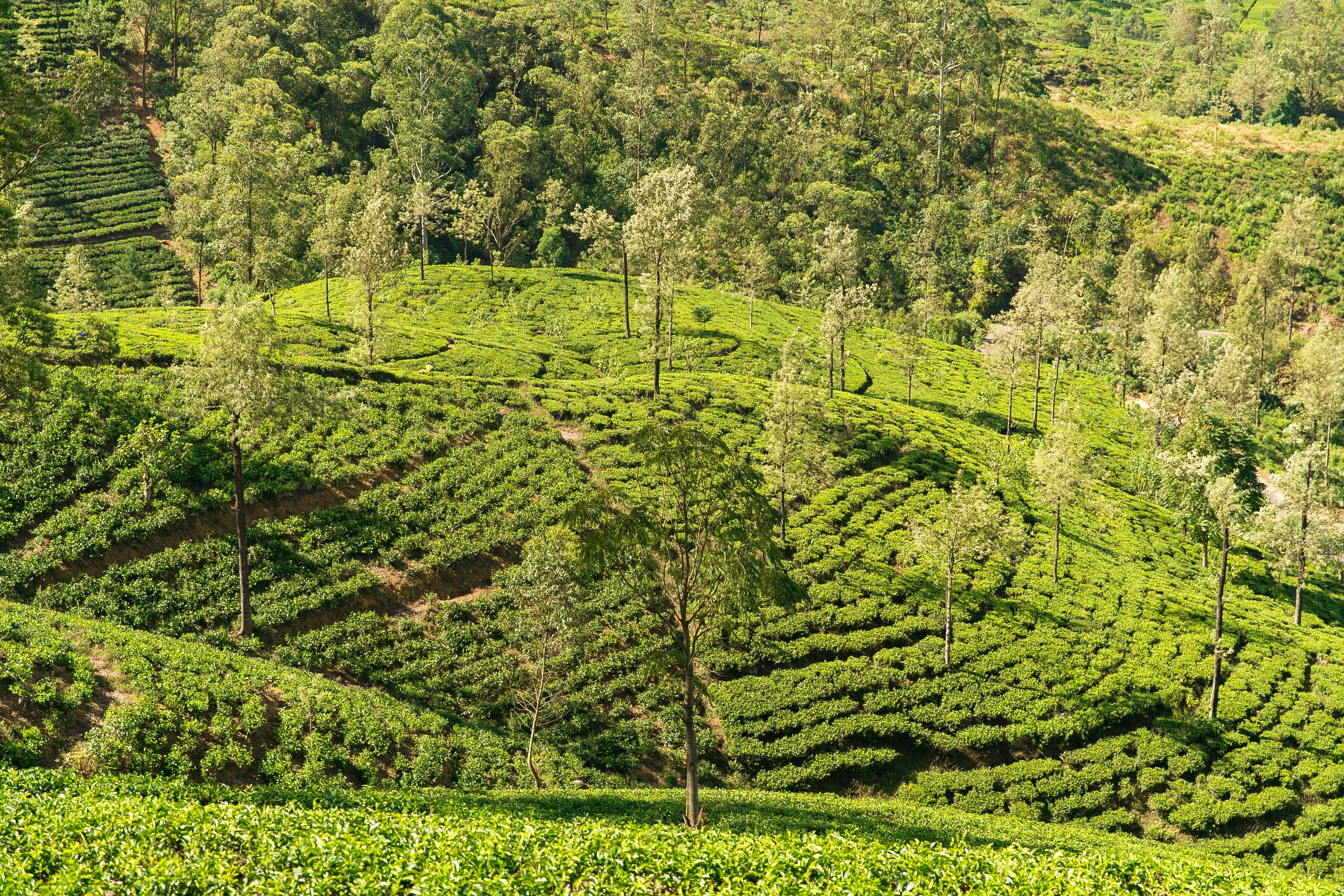
Explore Nuwara Eliya - Sri Lanka Travel, Asia
Tucked away in the Central Highlands of Sri Lanka, Nuwara Eliya is often called “Little England”. With its rolling tea plantations, cool misty mornings, and colonial charm, this mountain town feels like a step into another world. Travelers come here to breathe fresh air, walk through flower gardens, sip the finest Ceylon Tea, and enjoy a pace of life far from the island’s busy cities. Whether you’re drawn by scenic landscapes, heritage architecture, or the warmth of its people, Nuwara Eliya is a destination that blends nature, culture, and history in perfect harmony.
Population: Approximately 781,000 in 2023.
Economy: Nuwara Eliya’s economy thrives mainly on tea production, as it sits in the heart of Sri Lanka’s central highlands, famous worldwide for Ceylon Tea. The city also benefits from a growing tourism industry, attracting visitors with its colonial charm, cool climate, and scenic landscapes.
Landmarks: Famous for Gregory Lake, Hakgala Botanical Garden, and Victoria Park.
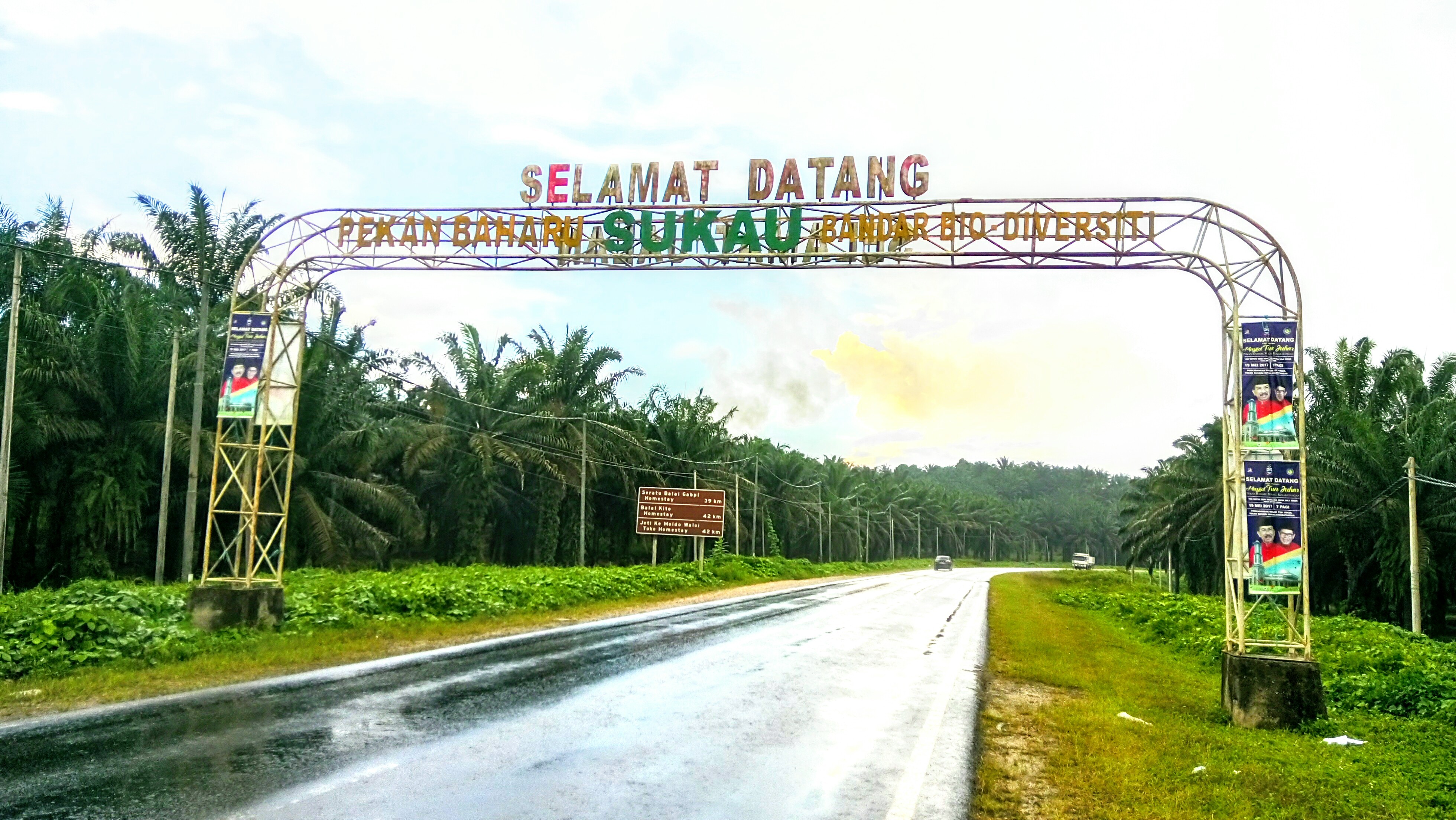
Explore Sukau - Malaysia Travel, Asia
Nestled on the banks of the Kinabatangan River in Sabah, Malaysian Borneo, Sukau is a destination where wildlife, culture, and conservation come together. Known as one of Asia’s top spots for river safaris and eco-tourism, this quiet village offers a front-row seat to encounters with Bornean orangutans, pygmy elephants, proboscis monkeys, and exotic birdlife.
Population: Approximately 1,400 in 2019.
Economy: Sukau’s economy is shaped by its riverine location and natural resources. Traditionally, the Orang Sungai community relied on fishing, small-scale farming, and forest gathering for their livelihood. Today, the village has shifted toward eco-tourism, with river cruises, jungle trekking, and homestays providing income.
Landmarks: Famous for the Kinabatangan River cruises, Gomantong Caves, and Ox-bow lakes and wetlands.
